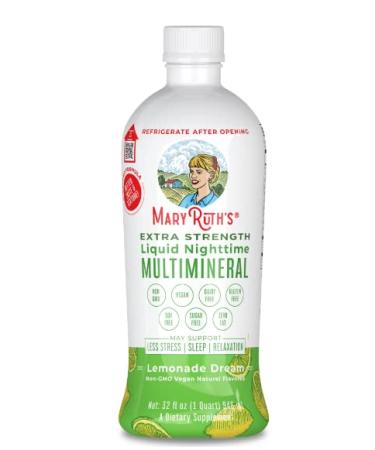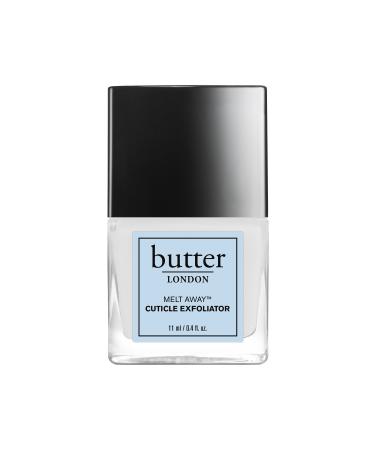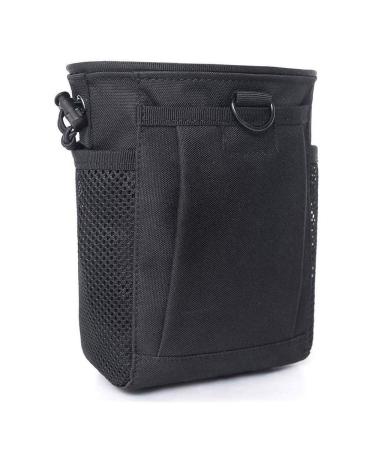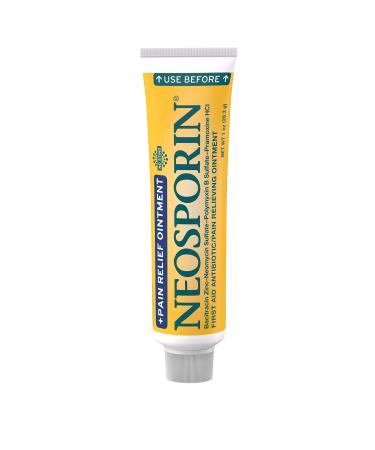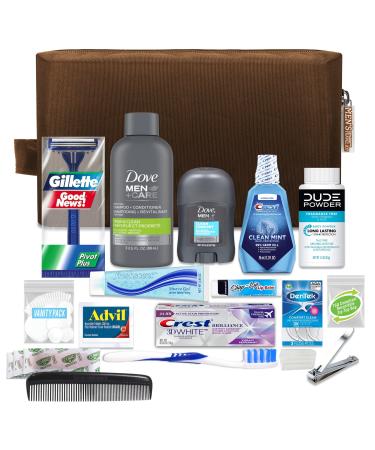TOOTHPASTE CASE: Rub your dog or cat's teeth with toothpaste and a toothbrush with soft bristles adapted to the size of your pet. Daily brushing is recommended for the toothpaste to be effective. Follow your veterinarian's specific recommendations or instructions carefully. TOOTHPASTE KIT: 1st step. Choose the right time when your companion is calm. 2nd step. Get your companion used to the process. At first, hold your companion in the same way as when you usually pet him. Then gently raise his lips so that his teeth can be seen. Once accustomed to this gesture, place a dab of VIRBAC enzymatic toothpaste on your finger and taste the toothpaste. Dogs and cats generally like the taste of VIRBAC Patented Poultry Toothpaste. 3rd step. Using the toothbrush. Beginners can start by using the finger cot for the first few weeks. Once your companion is used to the brushing routine, gradually move on to the more effective step of the toothbrush kit equipped with soft bristles and adapted to the size of your animal. Using such a toothbrush is the most effective way to clean below the gum line, where dental problems appear. Place a small amount of VIRBAC enzymatic toothpaste on the brush. Brush one tooth and the gum next to it with a slow circular motion. The goal of this step is to accustom your dog or cat to contact with the toothbrush. 4th step. Start of brushing. Over the following days, gradually increase the number of teeth brushed. It is important to brush the back teeth, an area predisposed to tartar accumulation. Gently brush each side of the jawline for 30 seconds. Brushing the outer surface of the teeth is generally sufficient because the tongue is sufficient to exert DIRECTIONS FOR USE 1st step. Choose the right time when your companion is calm. 2nd step. Get your companion used to the process. At first, hold your companion in the same way as when you usually pet him. Then gently raise his lips so that his teeth can be seen. Once accustomed to this gesture, place a dab of VIRBAC enzymatic toothpaste on your finger and taste the toothpaste. Dogs and cats generally like the taste of VIRBAC Patented Poultry Toothpaste. 3rd step. Using the toothbrush. Beginners can start by using the finger cot for the first few weeks. Once your companion is used to the brushing routine, gradually move on to the more effective step of the toothbrush kit equipped with soft bristles and adapted to the size of your animal. Using such a toothbrush is the most effective way to clean below the gum line, where dental problems appear. Place a small amount of VIRBAC enzymatic toothpaste on the brush. Brush one tooth and the gum next to it with a slow circular motion. The goal of this step is to accustom your dog or cat to contact with the toothbrush. 4th step. Start of brushing. Over the following days, gradually increase the number of teeth brushed. It is important to brush the back teeth, an area predisposed to tartar accumulation. Gently brush each side of the jawline for 30 seconds. Brushing the outer surface of the teeth is usually sufficient because the tongue is enough to exercise. SAFETY WARNING For outdoor use. Do not swallow. Keep out of reach of children. Stop use and consult a dentist if you have irritation. Item package dimensions: 3.0 x 16.6 x 4.0 centimeters. Double-ended brush adapts to the oral anatomy of dogs and cats. Poultry-flavored toothpaste to make brushing a fun experience for your pet. Enzymatic toothpaste helps prevent plaque and tartar buildup. This healthy habit requires that your pet be accustomed to it from a young age. DENTIFRICE ETUI : Frotter les dents de votre chien ou chat avec le dentifrice et une brosse à dents munie de soies douces adaptées à la taille de votre animal domestique. Un brossage quotidien est conseillé pour une bonne efficacité du dentifrice. Bien suivre les recommandations ou les directives spécifiques de votre vétérinaire. KIT DENTIFRICE : 1ère étape. Choisir le moment adéquat lorsque votre compagnon est au calme. 2e étape. Habituer votre compagnon au procédé. Dans les premiers temps, tenir votre compagnon de la même façon que lorsque vous le caressez habituellement. Relever ensuite doucement les babines de façon à voir ses dents. Une fois habitué à ce geste, déposer une noisette du dentifrice enzymatique VIRBAC sur votre doigt et faire goûter le dentifrice. Les chiens et les chats aiment généralement le goût du dentifrice breveté VIRBAC à la volaille. 3e étape. Utilisation de la brosse à dent. Les débutants peuvent commencer par utiliser le doigtier les premières semaines. Une fois que votre compagnon est habitué à la routine du brossage, passer progressivement à l'étape plus efficace de la brosse à dents du kit munie de soies douces et adaptée à la taille de votre animal. Utiliser une telle brosse à dents est le moyen le plus efficace de nettoyer sous la gencive, là où les problèmes dentaires apparaissent. Placer une petite quantité du dentifrice enzymatique VIRBAC sur la brosse. Brosser une dent et la gencive à côté avec un geste lent circulaire. Le but de cette étape est d'accoutumer votre chien ou chat au contact de la brosse à dents. 4e étape. Début du brossage. Les jours suivants, augmenter progressivement le nombre de dents brossées. Il est important de brosser les dents du fond, endroit prédisposé à l'accumulation du tartre. Brosser doucement pendant 30 secondes chaque côté de la mâchoire. Un brossage sur la surface externe des dents est généralement suffisant car la langue suffit à exerce MODE D'EMPLOI 1ère étape. Choisir le moment adéquat lorsque votre compagnon est au calme. 2e étape. Habituer votre compagnon au procédé. Dans les premiers temps, tenir votre compagnon de la même façon que lorsque vous le caressez habituellement. Relever ensuite doucement les babines de façon à voir ses dents. Une fois habitué à ce geste, déposer une noisette du dentifrice enzymatique VIRBAC sur votre doigt et faire goûter le dentifrice. Les chiens et les chats aiment généralement le goût du dentifrice breveté VIRBAC à la volaille. 3e étape. Utilisation de la brosse à dent. Les débutants peuvent commencer par utiliser le doigtier les premières semaines. Une fois que votre compagnon est habitué à la routine du brossage, passer progressivement à l'étape plus efficace de la brosse à dents du kit munie de soies douces et adaptée à la taille de votre animal. Utiliser une telle brosse à dents est le moyen le plus efficace de nettoyer sous la gencive, là où les problèmes dentaires apparaissent. Placer une petite quantité du dentifrice enzymatique VIRBAC sur la brosse. Brosser une dent et la gencive à côté avec un geste lent circulaire. Le but de cette étape est d'accoutumer votre chien ou chat au contact de la brosse à dents. 4e étape. Début du brossage. Les jours suivants, augmenter progressivement le nombre de dents brossées. Il est important de brosser les dents du fond, endroit prédisposé à l'accumulation du tartre. Brosser doucement pendant 30 secondes chaque côté de la mâchoire. Un brossage sur la surface externe des dents est généralement suffisant car la langue suffit à exerce. AVERTISSEMENT DE SÛRETÉ Pour usage extérieur. Ne pas avaler. Tenir hors de portée des enfants. Arrêtez l'utilisation et consultez un dentiste si vous avez une irritation. Dimensions du colis de l'article: 3.0 x 16.6 x 4.0 centimeters. Brosse à double extrémité s'adaptant à l'anatomie bucco-dentaire du chien et du chat. Dentifrice aromatisé à la volaille pour faire du brossage un moment ludique pour l'animal. Le dentifrice enzymatique permet de prévenir de l'accumulation de la plaque dentaire et du tartre. Ce geste santé nécessite que l'animal y soit habitué dès son plus jeune âge.



